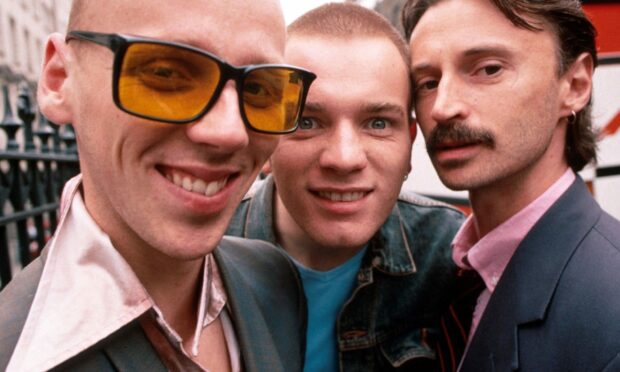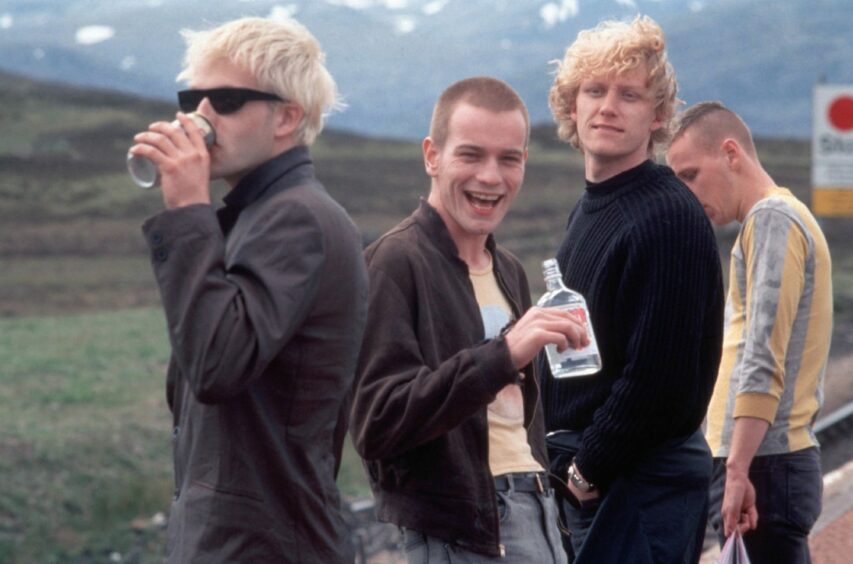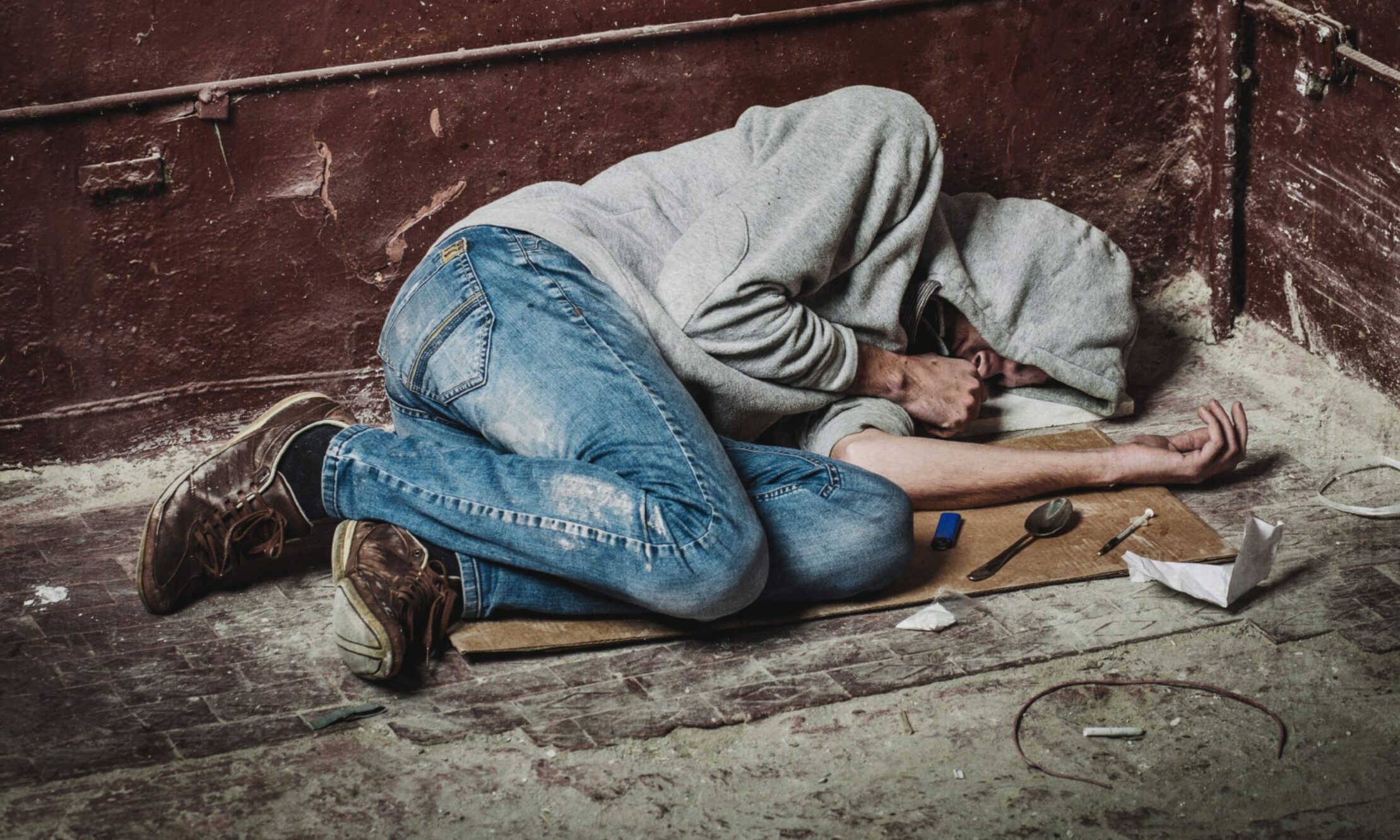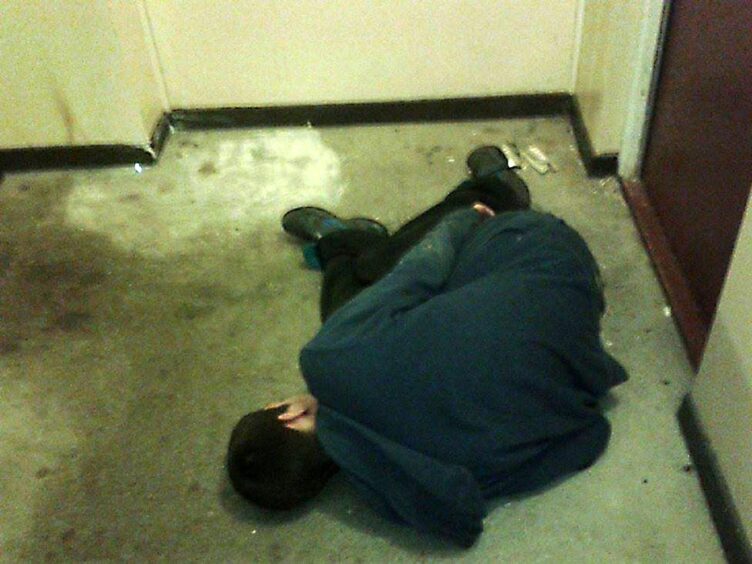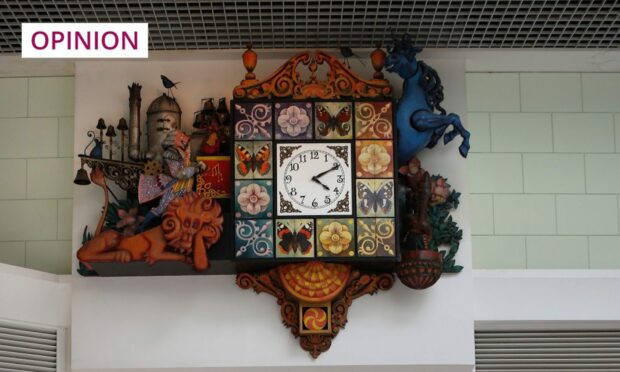I heard this week about the death of an old friend. He should have been in the prime of his life.
I was shocked. He’d had everything going for him. When I last saw him he was fit, happy and successful. But mental health issues from past trauma surfaced (in his case, active military service) and he became a drug addict in his late 40s.
He fell through the cracks and was living on the streets until, finally, the drugs claimed his life.
With proper support he may not have met such a sad fate.
Isolated, scorned, without comfort
You know those addicts you step away from in the town? Do you think, given a choice, they would be in that position? Isolated, scorned, and without comfort?
That’s the thing with drug addiction, it robs you of choices, as well as your health, your home, your friends, your family, and even your life.
You only have to hear the testimonies of recovered drug addicts to know what a misery an addict’s life is.
The Trainspotting effect
The movie Trainspotting went a long way to illustrate that, confronting though it was. It was a brutally candid view of the life of an addict.
Who can forget the toilet scene, or the chilling scene when the baby, Dawn, is found dead when her parents wake from a drugged daze?
Remember, too, how Renton breaks to silence with the words “I’m cooking up.”
Who would make a clear-headed choice to live like that, when you could, to borrow the phrase, choose life?
Which is why it is such good news that First Minister Nicola Sturgeon and Scottish Conservative Party Leader Douglas Ross have put politics aside to work together to combat Scotland’s drug death rate.
Mr Ross also dropped his party’s outright opposition to drug consumption rooms and said he would not stand in the way of the Scottish Government launching a pilot scheme for safe drug consumption rooms. He also said he would back Dundee as a potential test site.
Dundee’s drug death rates remain consistently high, with 57 people dying last year.
Accidental overdoses are a major cause of drug deaths; attendant infections from dirty needles can also be fatal. Safe consumption rooms can address many of these issues at source.
Our society tends to see drug addicts as having choices and their miserable lives a result of a moral or character failing on their part. It’s time we saw addiction compassionately.
Poverty, trauma and social deprivation are major contributing factors to drug addiction.
Sure, some people can take drugs – and that includes alcohol – without developing an addiction, although potent opiates like heroin tend to make an addiction more likely, not least due to its intense effect on the brain’s reward system, and the severe effects of withdrawal.
Scotland’s chilling drug death figures
The fact is, there were 1,339 recorded drug deaths in Scotland last year, up from 1,264 the previous year.
We continue to have the highest drug death rate in Europe, and more than three-and-a-half times that of England and Wales.
The death rate in Tayside alone is 25.7 per 100,000 people, and some 93% of Scotland’s drug deaths are from overdoses. The age of people dying this way is rising too – nearly two thirds of fatalities are people aged between 35 and 54.
Just 418 rehab beds
Yet, according to a government report on current levels of capacity, the estimated number of beds available for the treatment of alcohol and drug addiction in Scotland is 418.
Of the 20 residential rehabilitation facilities surveyed for the report, 16 provided residential treatment for both alcohol and drug addiction, three provided treatment for drugs only and one provided treatment for alcohol only.
It’s not nearly enough.
£250 million over five years
That’s why it is welcome news that the Scottish government has pledged £250 million over the next five years to reduce drug deaths and increase rehab facilities.
This includes £20m a year on increasing the number of residential rehabilitation beds across the country and significant funding for local drugs partnerships and grassroots organisations.
There will be an investment in alternatives to methadone, the synthetic opioid used in addiction therapy, and in innovations like Naloxone – the overdose reversal drug.
It’s a start.
But people involved in drug rehabilitation will tell you it’s much more than curing the addiction. It’s a holistic approach involving, very often, helping people create a new life.
This can include getting housing support, help to find work, and helping to give people a new life, often far away from the factors that contributed to their addiction in the first place.
It’s also incumbent on the community to have a better understanding.
It’s on us, too
Besides the huge logistical task of setting up a compassionate drug addiction management system across Scotland, the other challenge will be changing people’s perceptions and getting rid of the stigma of drug addiction.
Think about it. You may agree it’s a very good thing this major issue is being addressed, but how would you feel if a rehab centre was ear-marked for a site near where you live?
I’d argue it will also take a campaign to increase our understanding of the big picture of drug addiction, of the stories behind why people landed up the way they did, and what it takes to recover from such a life.
An effective solution
I’d further suggest that it is up to us, as a community, to do what we can to help.
A compassionate and practical approach has worked very well elsewhere with government support. Drug consumption rooms have been used with great success in Europe for more than three decades, for example.
I’ve seen the change myself. I was living in Sydney, Australia, when they brought in the first state-sponsored, medically supervised injecting rooms in Kings Cross in May 2001. The world did not end.
Overnight things changed
Instead of legitimising anti-social behaviour, as was the fear, everyone felt the benefits.
Almost overnight the needles disappeared off the streets of the Cross, and the spin-off for health care services was quickly noticeable. For example, ambulances were not being called out nearly so often to revivals.
By 2016 that same facility had overseen more than a million safe injections, with not a single fatality. Imagine how many families were spared anguish from that alone?
It’s not what we call in the media a sexy topic. There is a huge stigma attached to drug addiction. But combatting it is important, and essential, and we can all do our bit to choose life.
